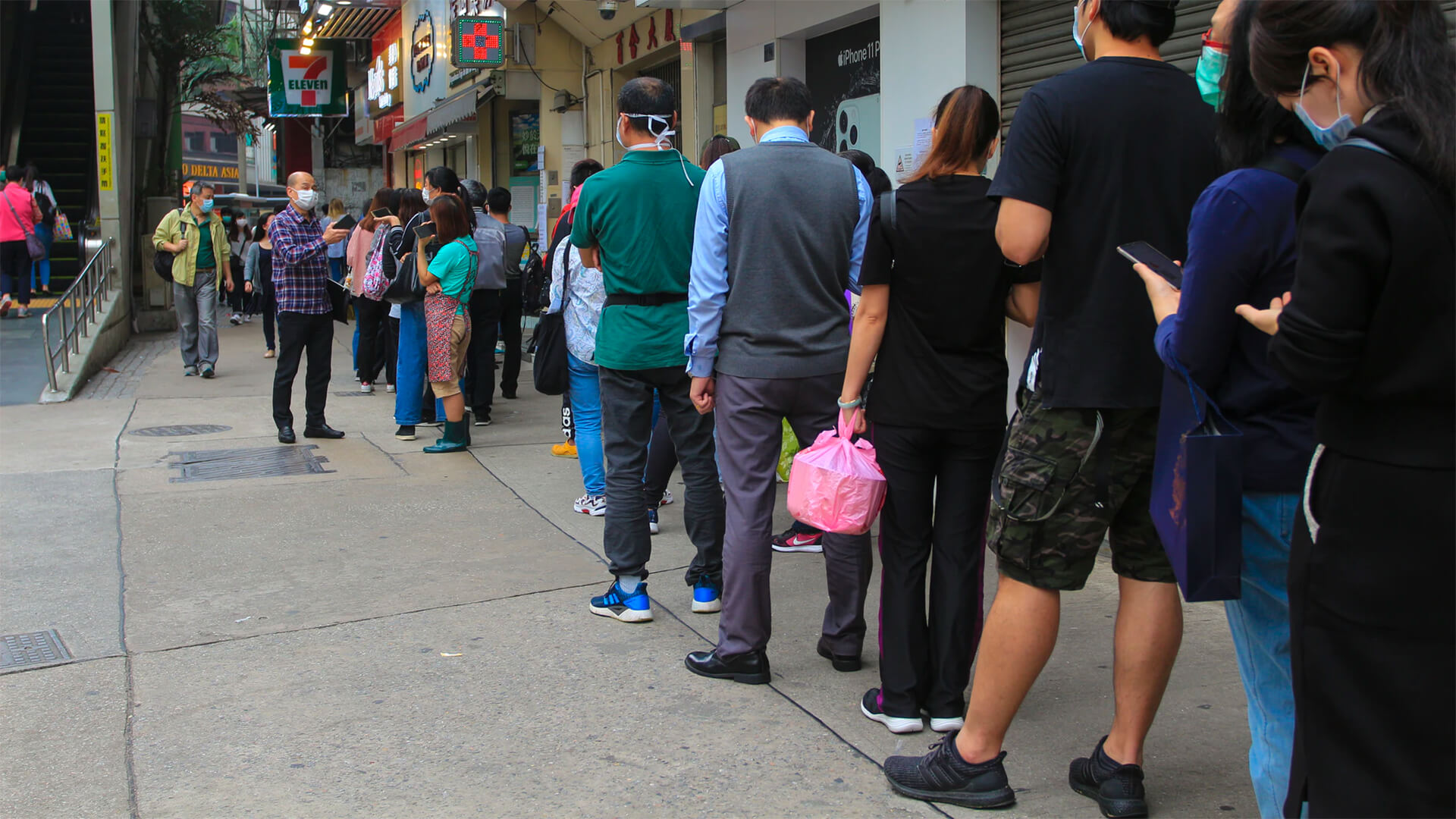Coronavirus is primarily a respiratory ailment primarily spread by exhaled droplets from coughs or simple breathing, which is why masks are so effective at preventing an infected individual from spreading it.
This obviously presents a few problems. Most people are completely asymptomatic for the first five days they harbor the virus. Any effort at an economic reopening must limit asymptomatic spreading, and the best way to do that is to maintain distance between individuals.
Which brings us to the graphic. It breaks down the American work force by distance. Any profession close to the top is one in which distancing at work is flat-out impossible. As one moves down the list, distancing becomes more and more built into the normal workflow.

The categories are fairly straightforward.
Green indicates medical service professionals. Obviously they have no choice but to be proximate to patients.
Orange are the folks who keep the food system flowing, which is about as essential as a worker can get. Not included are retail operations like bars and restaurants. Do we like them? Yes. But essential workers they are not.
Blue is where things get tricky. Not everyone who works in construction and infrastructure and power and transport may be “essential,” but there is no way the economy can get back to anything approaching normal without them. Without all of them. Moving forward, this group will become every bit as important as medical staff and food workers.
There are many pearls and ah-has in this information. (By the way, thanks to the folks at O*NET for maintaining the database! You can see the entire American workforce broken down by distancing needs here.) One of our chief takeaways is how traditional manufacturing jobs are not high up on the list. With very few exceptions (millwrights come to mind) most of those jobs are coded in the 60s and (well) below. That hardly means manufacturing workers are immune to COVID, but it does indicate that maintaining a degree of distancing is at least possible in a way that it just isn’t in a meatpacking plant or a hospital.
Which brings me to our upcoming video-conference series.
On June 3 Melissa Taylor and Peter Zeihan will be hosting a video-conference on Manufacturing in a New Era. We’ll address the future of automotive, automation, reshoring, COVID’s shattering of supply chains, consumption shifts, as well as get you an update on the deepening trade war.
For those of you who don’t want to pop for the fee, we’ve recently completed a video on our projected shape of the COVID epidemic to come. You can watch it for free here.
Our June 3 manufacturing video-conference is only the first of a series which will include events focusing on Mexico, China, Energy and Agriculture. Scheduling and sign up information can be found here.
Newsletters from Zeihan on Geopolitics have always been and always will be free of charge. However, if you enjoy them or find them useful, please consider showing your appreciation via a donation to Feeding America. One of the biggest problems the United States faces at present is food dislocation: pre-COVID, nearly 40% of all foods were not consumed at home. Instead they were destined for places like restaurants and college dorms. Shifting the supply chain to grocery stores takes time and money, but people need food now. Some 23 million students used to be on school lunches, for example. That servicing has evaporated. Feeding America helps bridge the gap between America’s food supply (which remains robust) and its demand (which coronavirus has shifted faster than the supply chains can keep up).
A little goes a very long way. For a single dollar, FA can feed one person for three days.








